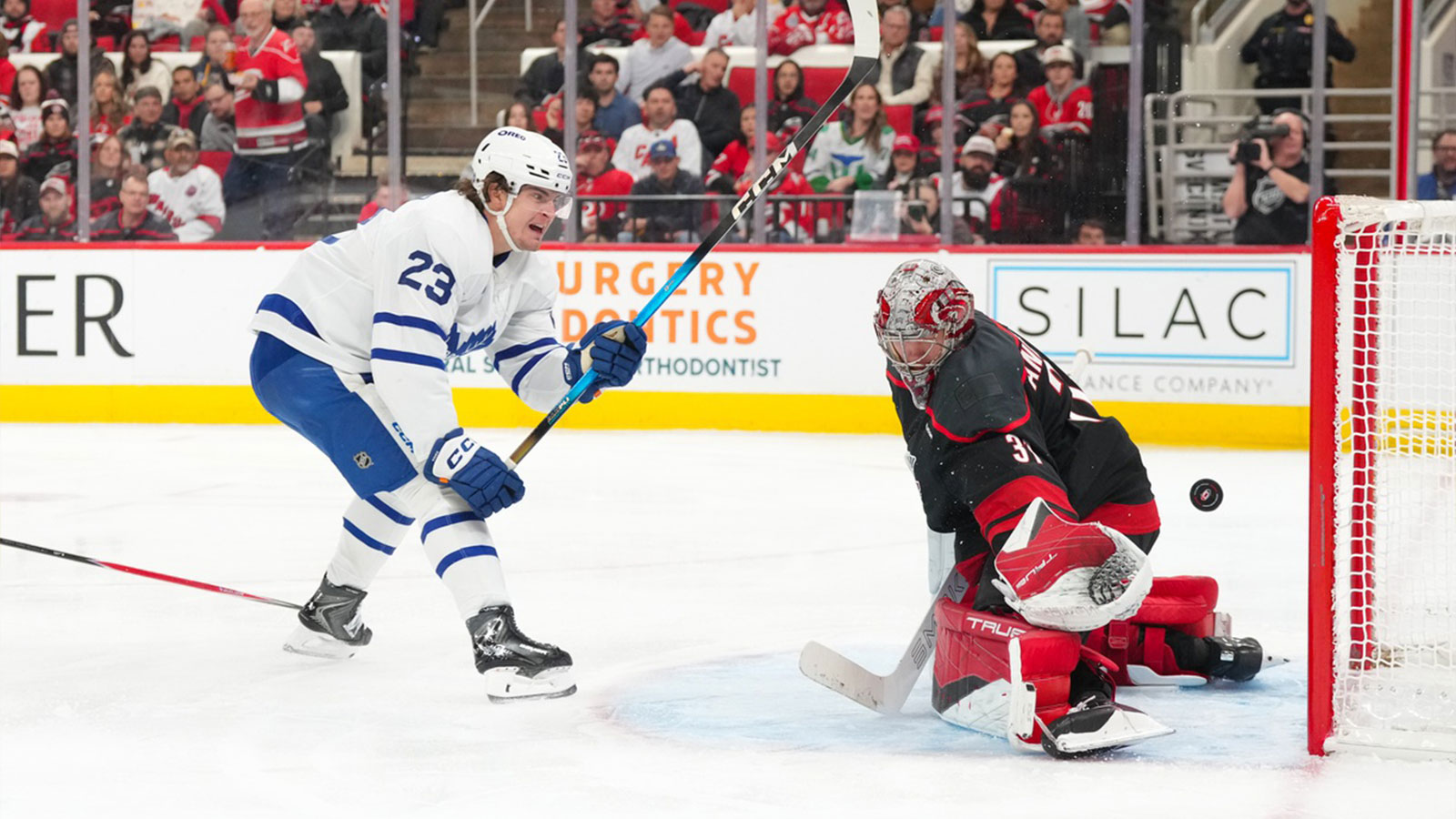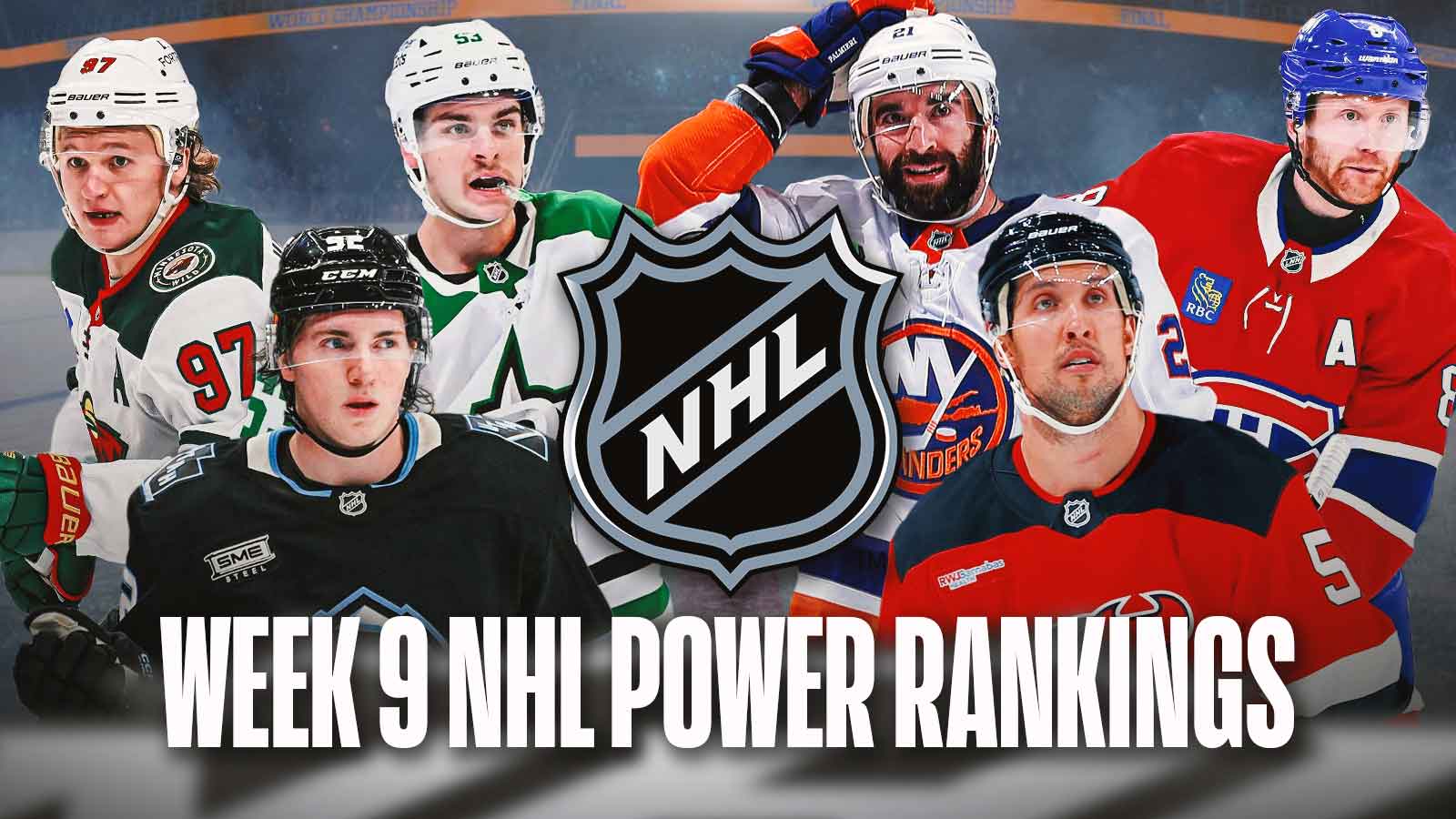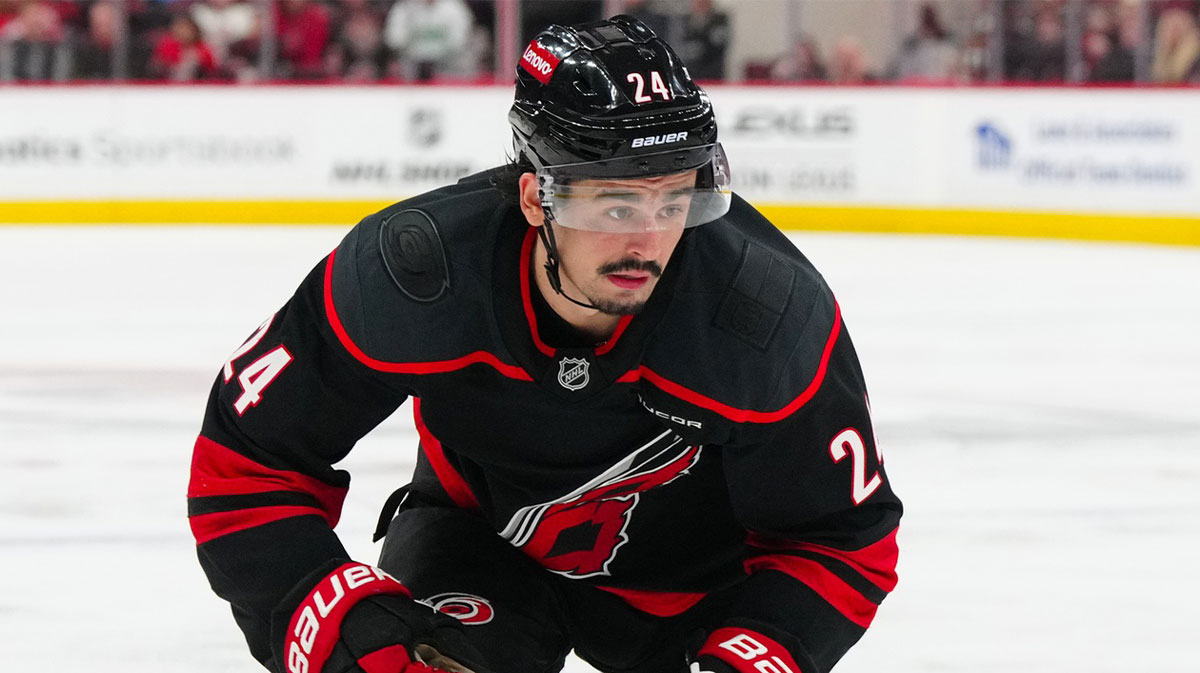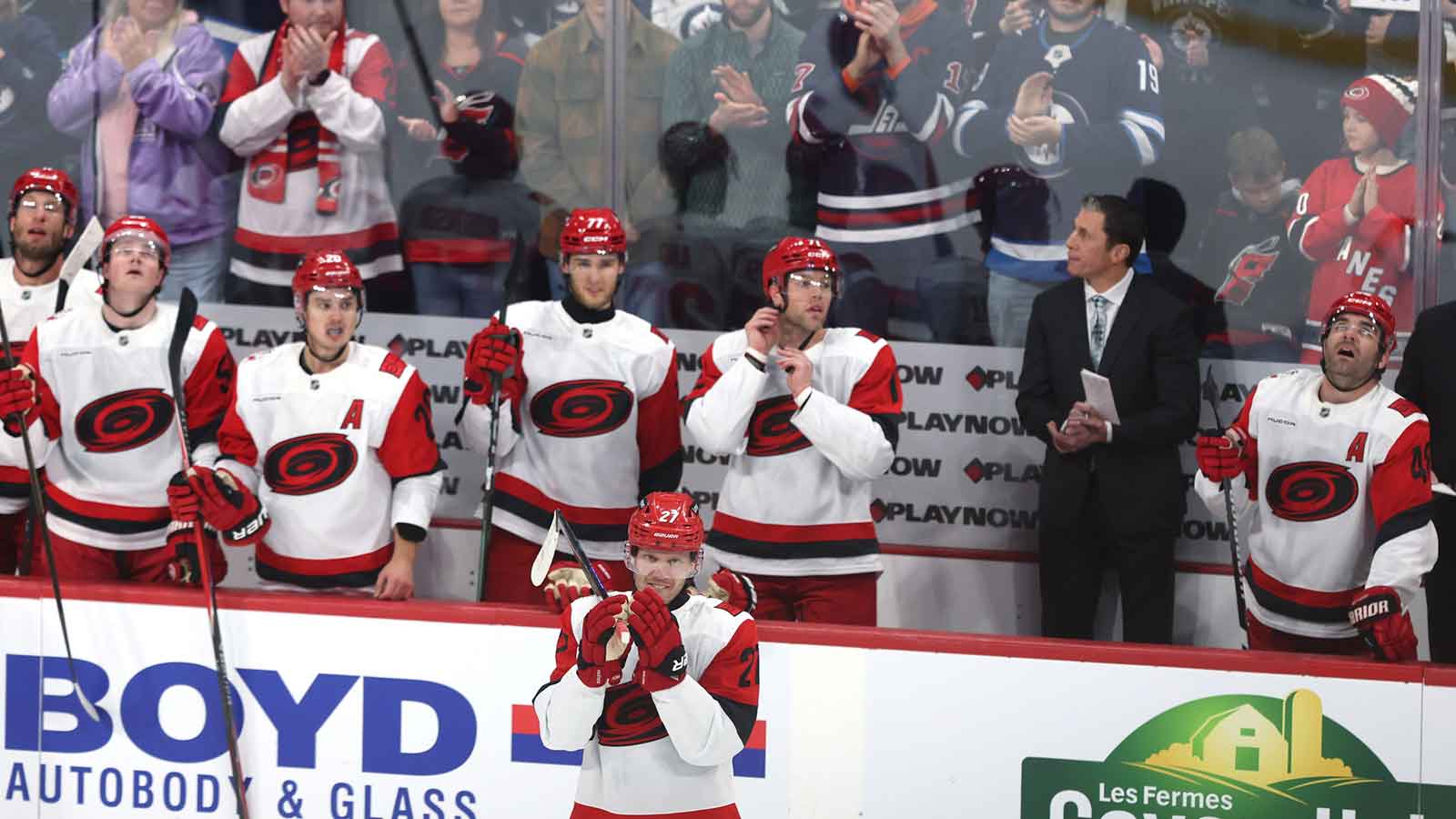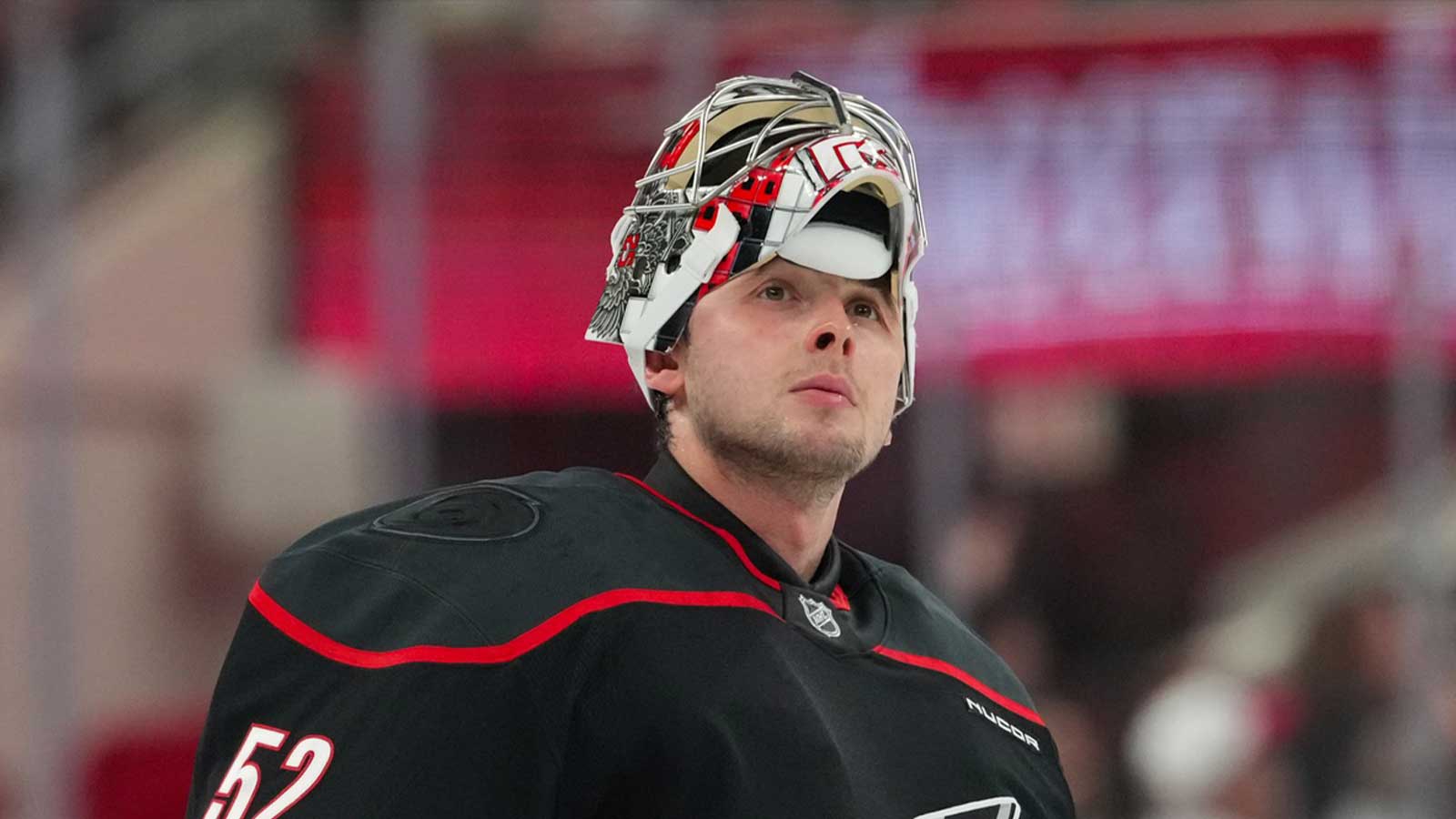On Saturday morning, the Carolina Hurricanes and ascending center Seth Jarvis finally agreed to a new contract extension. An eight-year pact valued at $63.2 million overall, it seems in line with someone in Jarvis' standing at the moment. The center is entering his fourth year at the NHL level, and he's improved each season so far in Raleigh. The contract is noteworthy in many ways, but a new wrinkle makes this one stand out in particular: the use of deferred money.
According to multiple reports, the Hurricanes are the first team to utilize deferred payments in a meaningful way. Under the terms of the contract, Jarvis should be at an AAV of $7.9 million per season. However, the 22-year-old will instead be earning about $7.5 million a season, saving GM Eric Tulsky and the front office about $400,000 a season. The big question is this: will this new contract structure start a trend in the NHL? Or will it backfire on the Hurricanes and turn off other NHL teams from formatting contracts in a similar manner?
Seth Jarvis, Hurricanes could have fruitful long-term relationship together

The 22-year-old had his best season in 2023-24, netting 67 points on the season in 81 games played. He also showed that he's balanced as those 67 points split up into 33 goals and 34 assists. That balance continued in the postseason, as the Hurricanes won their first-round matchup against New York Islanders before falling to their Empire State neighbors in the New York Rangers.
In 11 playoff games, Jarvis had nine points (five goals, four assists), averaging almost a point per game. He also had a higher time on ice rate in those 11 matchups, with a mark of 20 minutes and 34 seconds for the Hurricanes in the tournament. When the stakes get higher, Carolina and their head coach, Rod Brind'Amour, have seen that they can rely more on Jarvis.
This growth that the third-year center showed last season is one of the major reasons why this new contract can work. Yes, it is a bit of a risk due to the length and money. Especially when it comes to the deferred payments. However, the team needs someone that can help to lead them into the next era. Current captain Jordan Staal isn't getting any younger, and they could have his long-term replacement in Jarvis.
Can the former first-round pick fill that role? If he continues his rapid ascent from the last few seasons, don't be surprised to see the C badge on Jarvis' sweater within the next few seasons.
Contract structure could signal new era for rest of NHL
Popular in the MLB due to the size and length of their contracts, deferred payments cut one of two ways. In some instances, they've worked out well for the franchise and/or the player. Examples of this include Max Scherzer's seven-year deal he signed with the Washington Nationals in January 2015, as well as catcher J.T Realmuto's current five-year deal with the Philadelphia Phillies.
However, there is the other side of the coin as well. The most famous example of when deferred money backfired is Bobby Bonilla's pact with the New York Mets, as he still receives $500,000 each year from the team until 2035. A recent pair of signings for the Washington Nationals in Stephen Strasberg and Patrick Corbin have also bit the team in the butt, as they tried to follow a similar path that they took with Scherzer.
Rumors are already bound on how the deferred money tactic can be used in the NHL following the deal between the Hurricanes and Jarvis. The Edmonton Oilers might benefit from using it in an extension for superstar Leon Draisaitl, as speculated by NHL insider Frank Seravalli. Regardless if the Jarvis extension is the start of a trend or a one off, this much is clear: both Carolina and their emerging center hope that this latest contract works out handsomely for both sides.
GRADE: B








